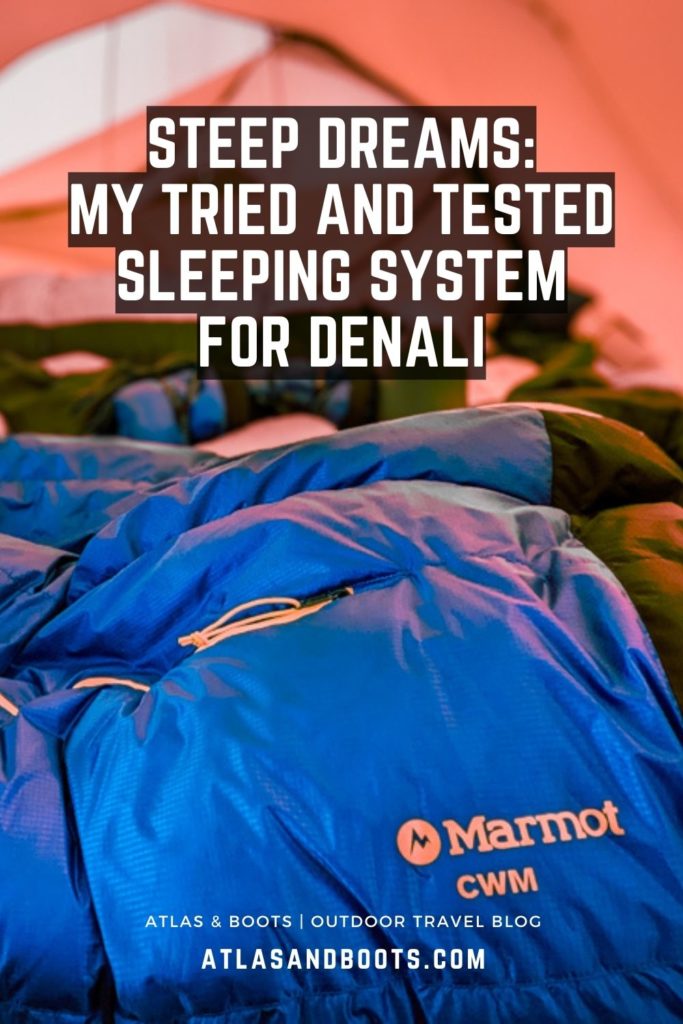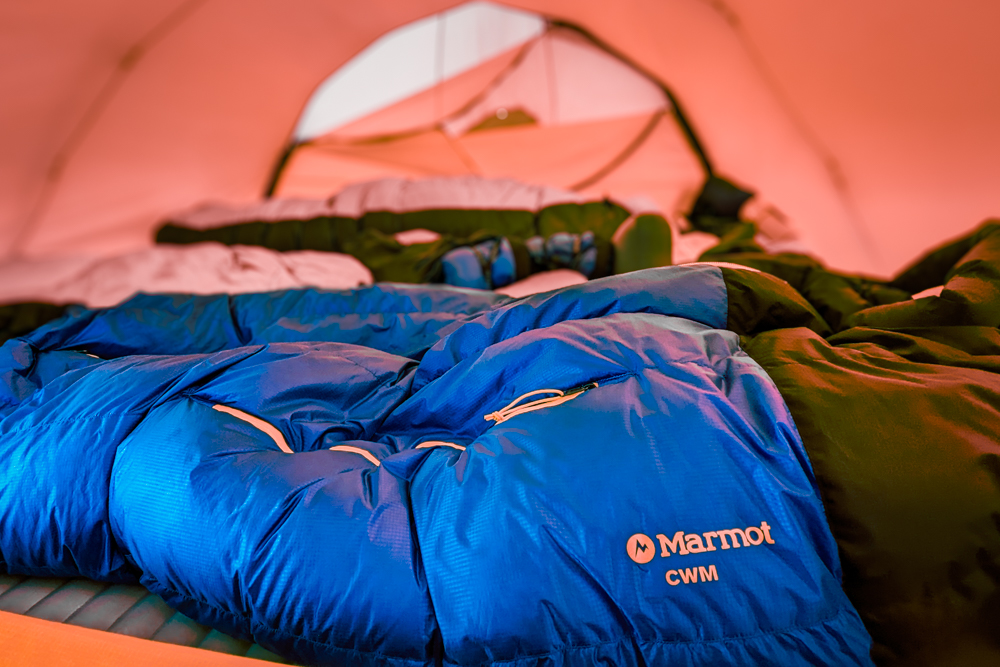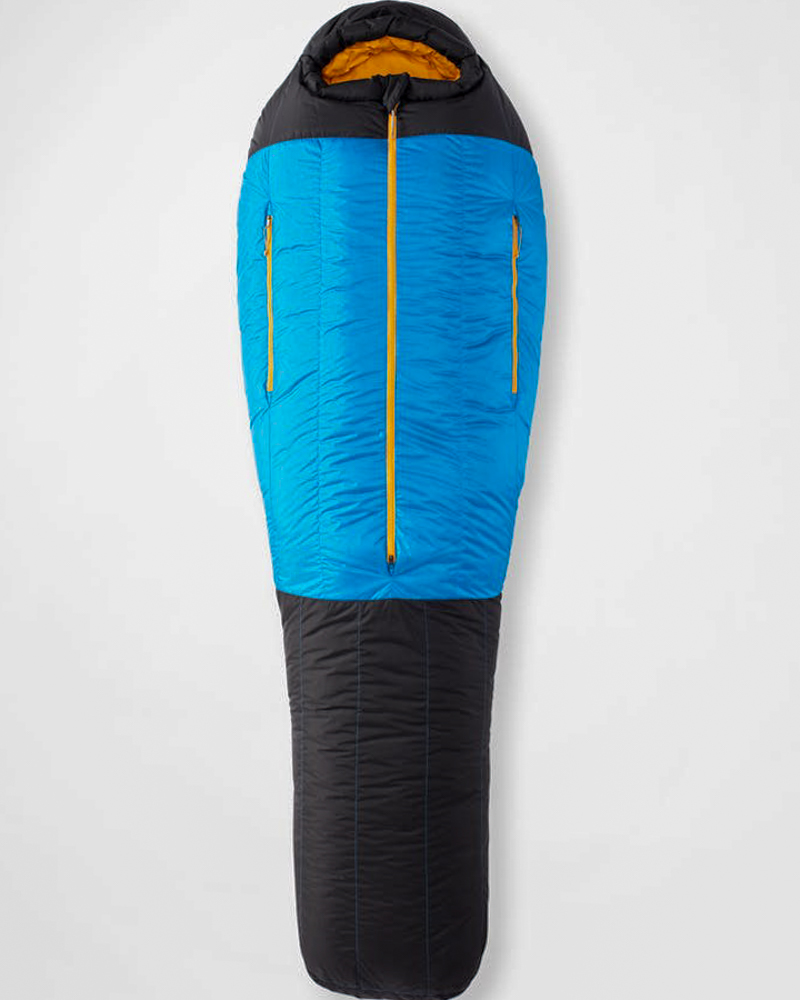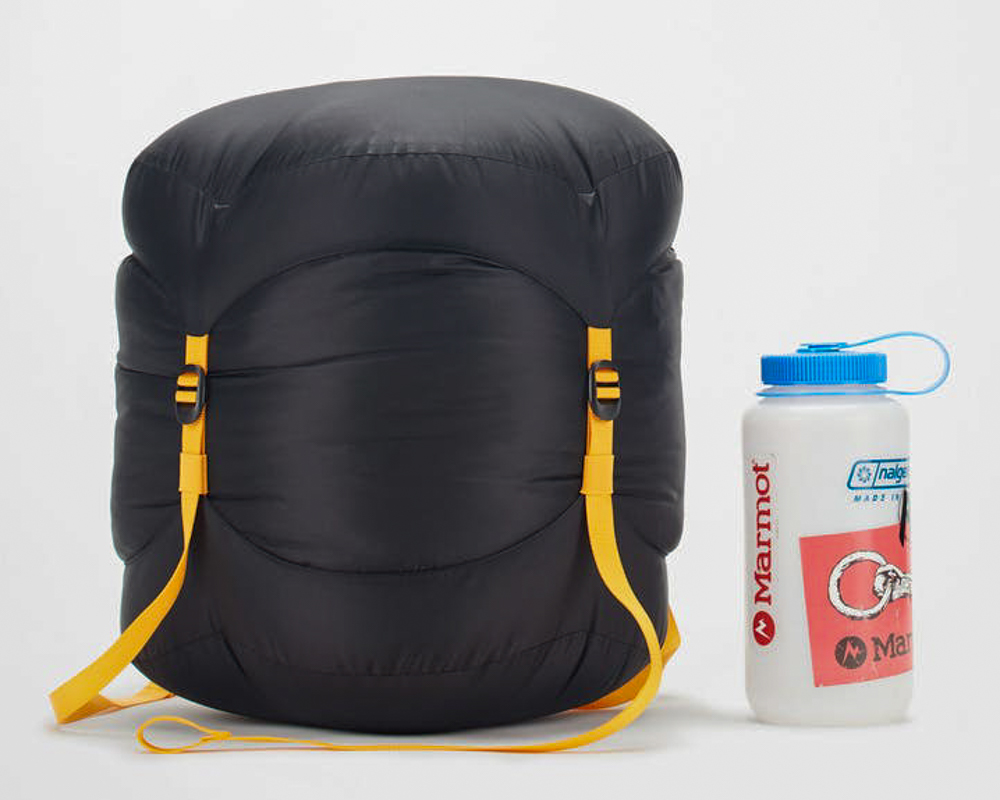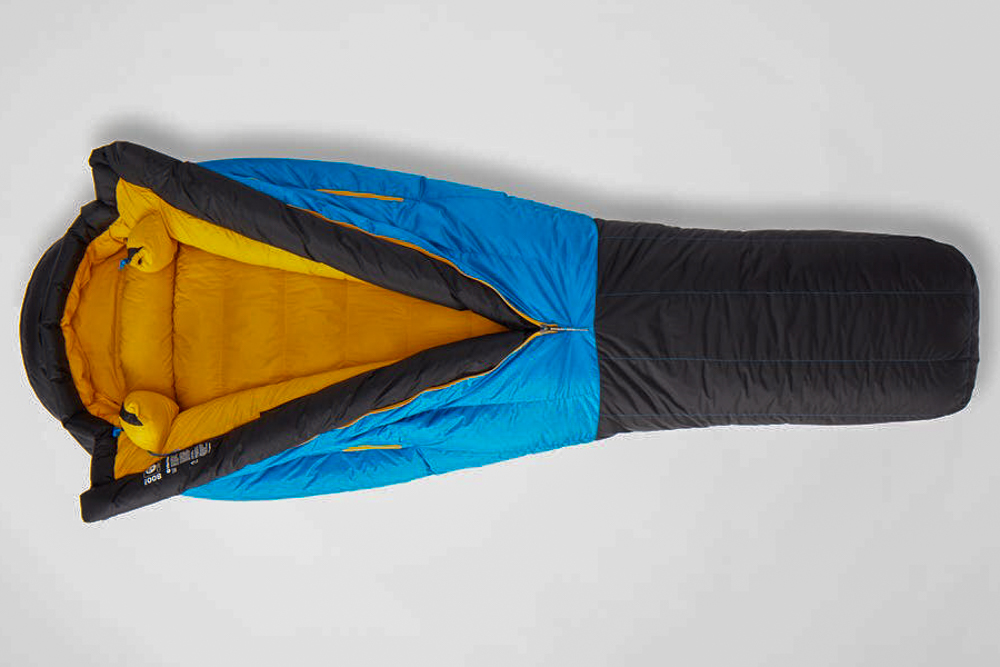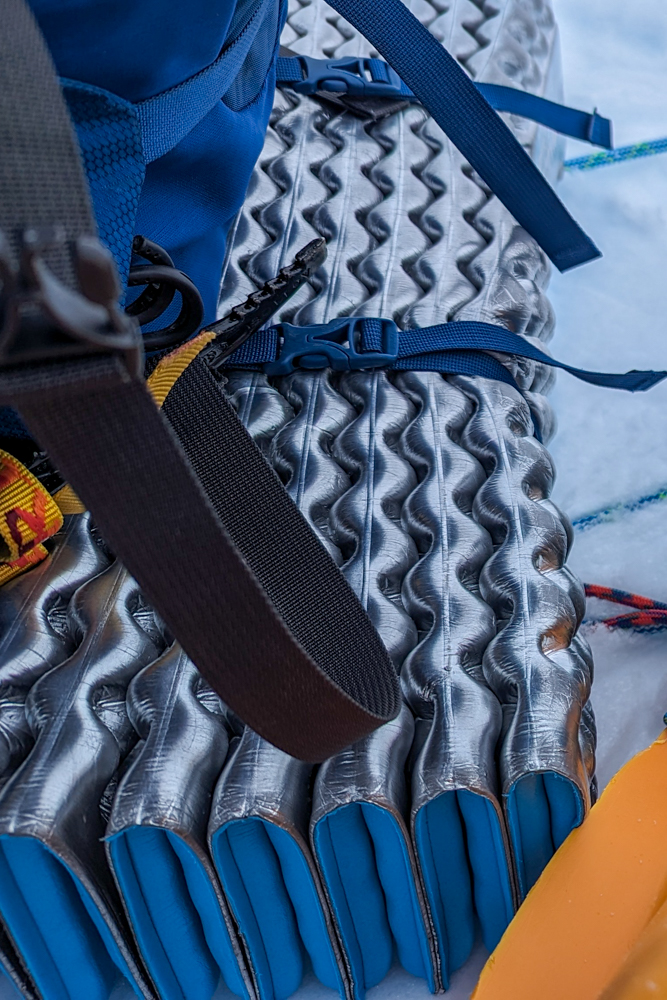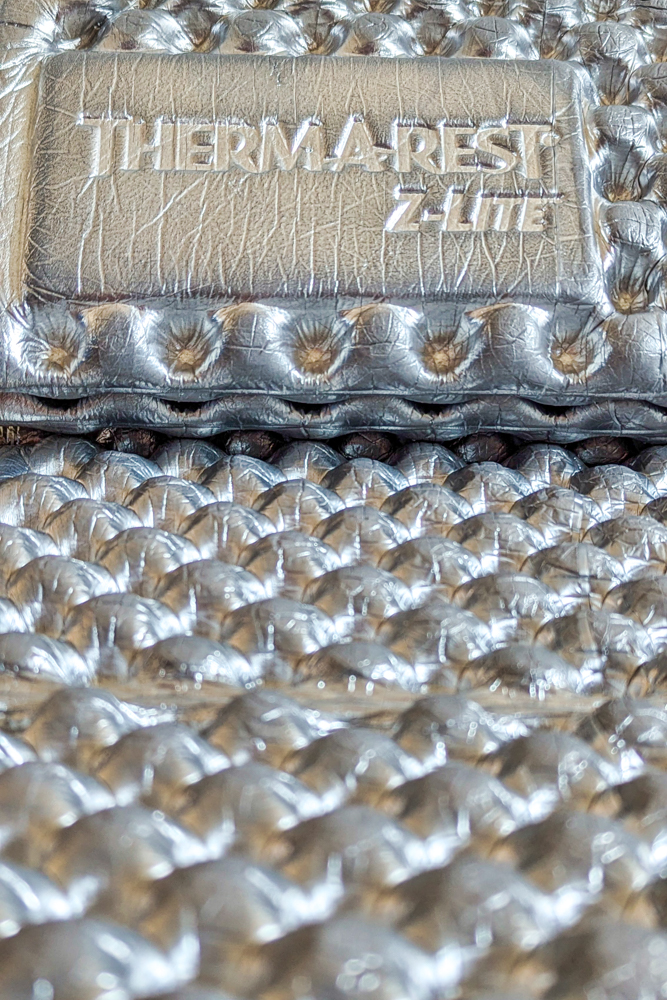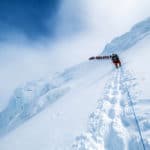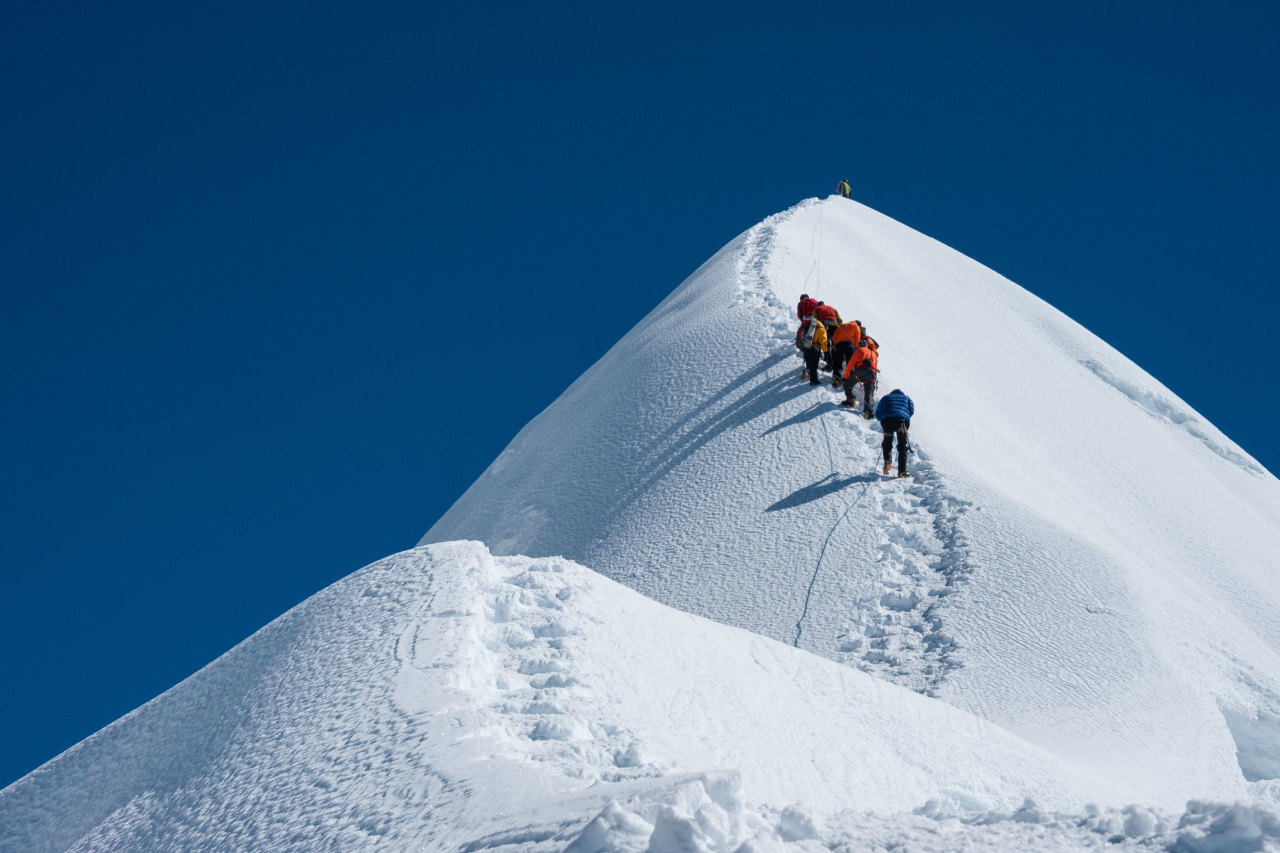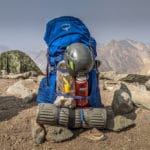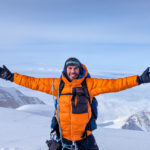My sleeping system for Denali worked a treat and ensured I always enjoyed a good night’s sleep on North America’s highest peak
The coldest I have ever been in my life was while climbing Denali – hardly surprising considering it’s one of the coldest and windiest places in the USA. During the expedition, there were several times when I felt the cold intensely, so much so that I even suffered some mild frostbite on my fingers after we were delayed on the fixed ropes for several hours. That said, I was never cold when safely cocooned in my sleeping bag.
For this expedition, I updated my sleeping system completely. Every piece of kit was new. It turned out to be one of the best decisions I ever made when it came to camping. I slept soundly every night and while the lack of oxygen at the higher camps may have been discomfiting at times, the cold never kept me awake.
Despite making my bed on a glacier for 18 nights in a row, my new sleeping system meant that I was always warm, cosy and able to get a good night’s sleep even in temperatures as low as -30°C (-22°F).
Sleeping system for Denali
It’s not rocket science that being well-rested improves performance, particularly on a long and challenging expedition. Below, I share details of my complete sleeping system for Denali and how I stayed warm on one of the world’s most hostile mountains.
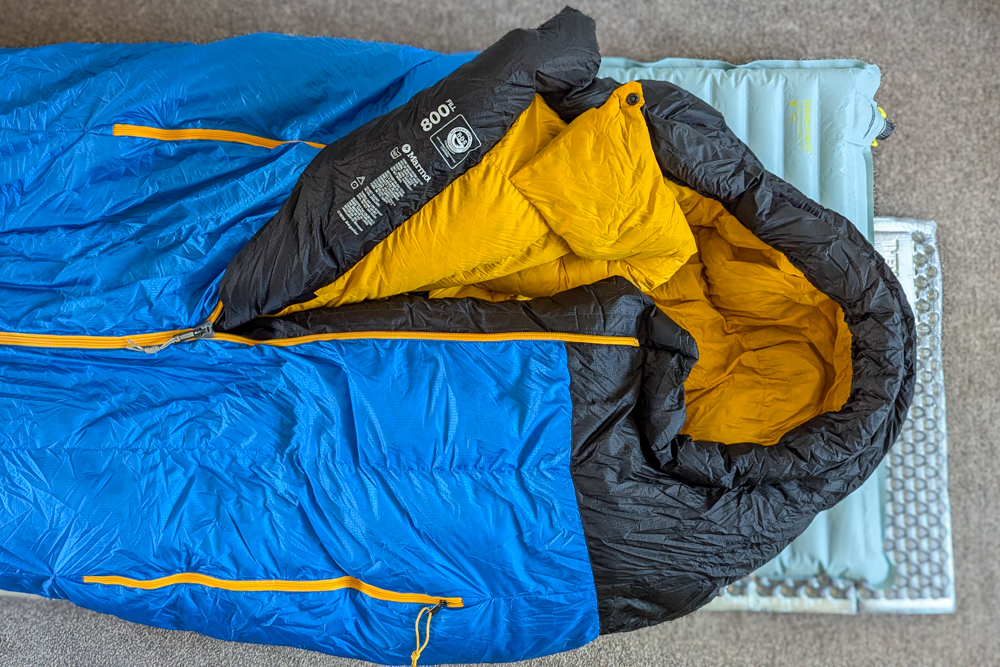
Sleeping bag
A sleeping bag for Denali should be rated to -30°C (-22°F). I went further and opted for a Marmot CWM Sleeping Bag rated to -40°C (-40°F). It may be the last sleeping I ever buy and could be used on future expeditions such as Everest or Vinson if I ever make it to them.
Inside, the bag is filled with 800-fill-power premium down while the outside is lined with a waterproof membrane which did a great job of keeping me dry. Every morning, I woke up to find hoarfrost – frozen condensation – lining every surface in the tent including the outside of my sleeping bag. However, even after it melted during the day, the moisture never got inside the bag.
The Marmot CWM has a centre zip which I found much more comfortable than a side zip. It also makes it easier to get in and out of the bag. There are dual side zippers for ventilation which you can put your arms through if required. Inside the bag, there are several internal storage pockets, including one which is zippered, ideal for keeping electronics warm.
The sleeping bag comes with a stuff sack, which – despite the bag’s loft – compresses down well using the sack’s drawcords. Finally, the sleeping bag’s internal hood provides plenty of loft for a comfortable pillow while the draft collar fits snugly to prevent heat loss.
Inflatable sleeping pad
I’ve had mummy-shaped inflatable sleeping pads in the past and, invariably, at some point during the night, I wake up cold as at least part of me – usually my feet – has slipped off the pad. I wanted to avoid this on Denali so went for a full rectangular pad in the Therm-a-Rest NeoAir XTherm NXT MAX.
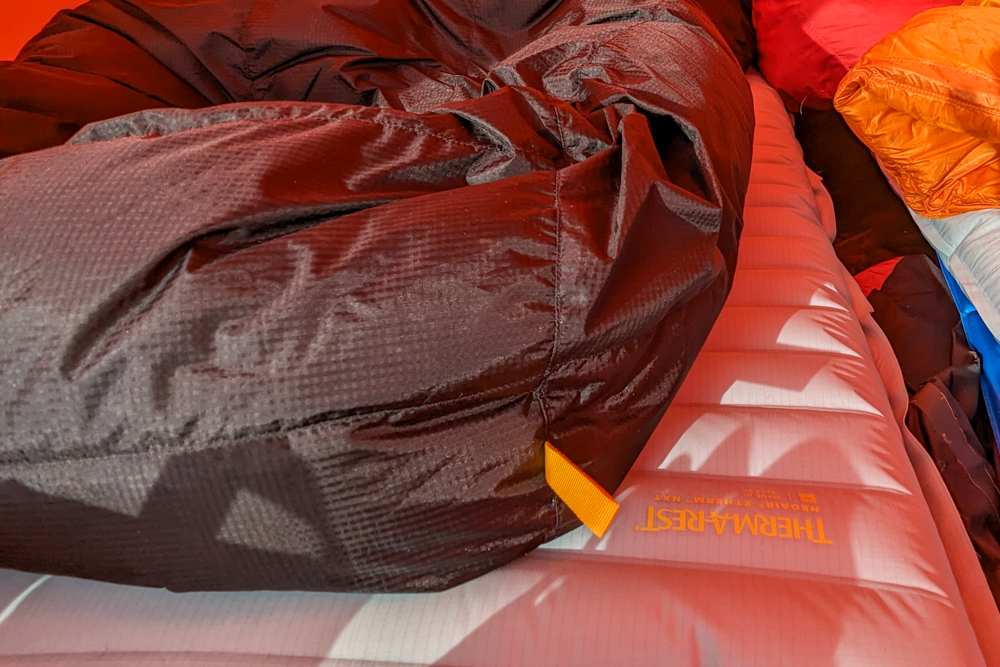
I have used Therm-a-Rest pads since my Aconcagua climb in 2020 and they have proved comfortable and reliable. The XTherm NXT MAX offers their “best warmth-to-weight ratio ever” and also has an updated valve which allows for faster and easier inflation, something that’s greatly appreciated at high altitudes where the air is thinner. The pad also comes with a pump sack, stuff sack and field repair kit included.
Foam sleeping pad
On Denali, guiding companies insist on two sleeping pads and recommend using a mix of inflatable and foam pads to insulate against the cold from below. The Z Lite SOL is Therm-a-Rest’s lightest and most compact closed-cell mattress.
Their latest pad has an improved reflective coating on the surface which reflects radiant heat back to your body. This works alongside the large heat-trapping dimples on the pad to increase overall warmth by almost 15%. The pad easily folds up compactly so it can be carried on the outside of your pack and used as a sitting pad.
Pillow
I didn’t take a pillow with me as I found that my sleeping bag’s internal hood coupled with my down jacket provided enough support. That said, I was extremely jealous of my tent mate’s Sea to Summit Aeros Down Pillow. He let me test it out and it was incredibly comfortable and warm compared to the inflatable pillows I’ve used in the past. At just 190g, it is also super light and I was impressed with how much it packed down. It’s on my ‘to-buy’ list for my next expedition.
Nightwear
Generally, I was warm enough in my sleeping bag so just slept in my underwear with a base layer on top. At the higher camps, I put on base-layer bottoms and a top and kept my mid-layer down jacket in my sleeping bag which I sometimes put on at the beginning of the night. However, usually, I got too warm and took it off.
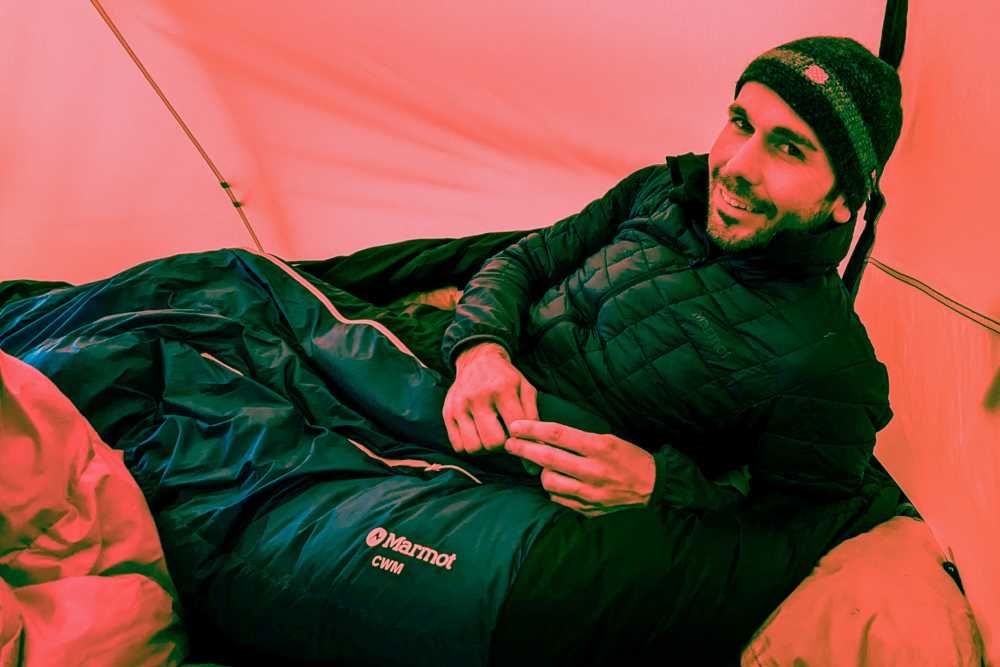
If you are someone who runs particularly cold then you could opt to wear an extra layer such as your down jacket or down suit in your sleeping bag. This can improve the sleeping bag’s performance rating by as much as 20°C (68°C). Read my Denali kit list blog post for more information.
Liner
This is entirely optional and down to preference. A liner can work as a barrier against any vapour that can build up in your bag and extend the temperature range of your sleeping bag. I do not use a liner and the above sleeping bag system does not require one. However, if you would prefer to use a liner, then opt for a silk one. Silk is extremely lightweight and compact but still insulates well in cold weather while remaining absorbent and breathable.
Enjoyed this post? pin it for later…
